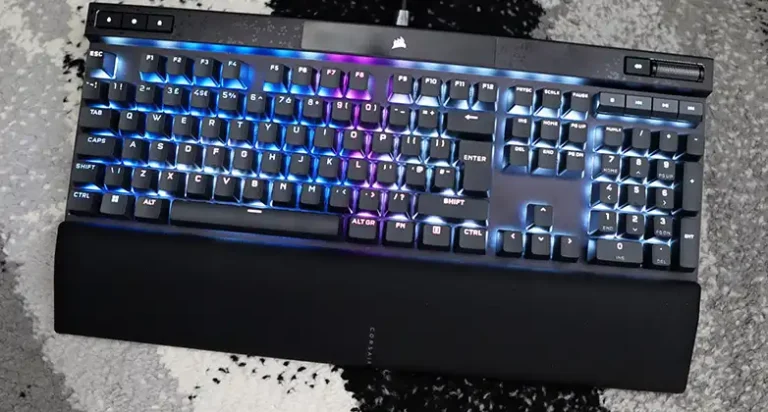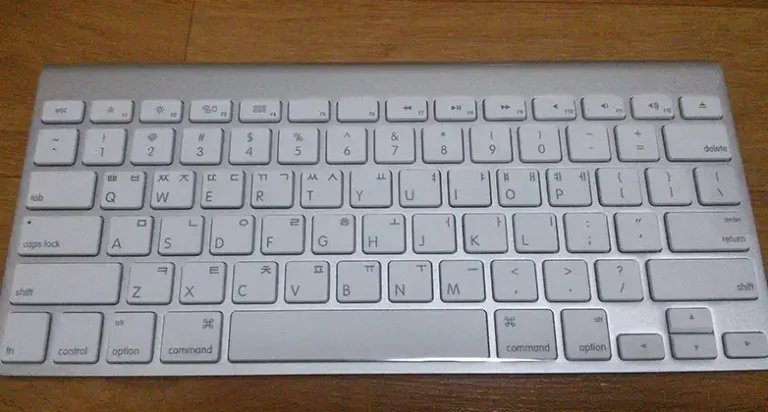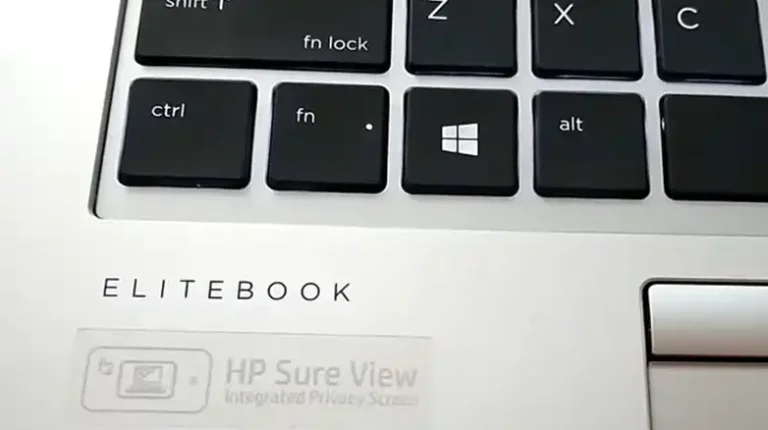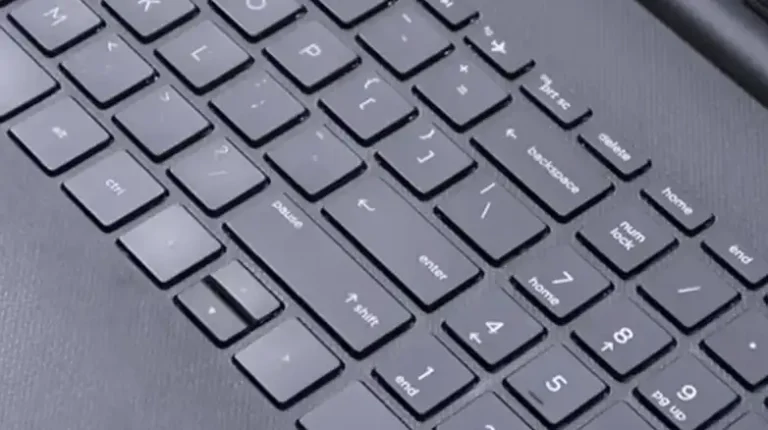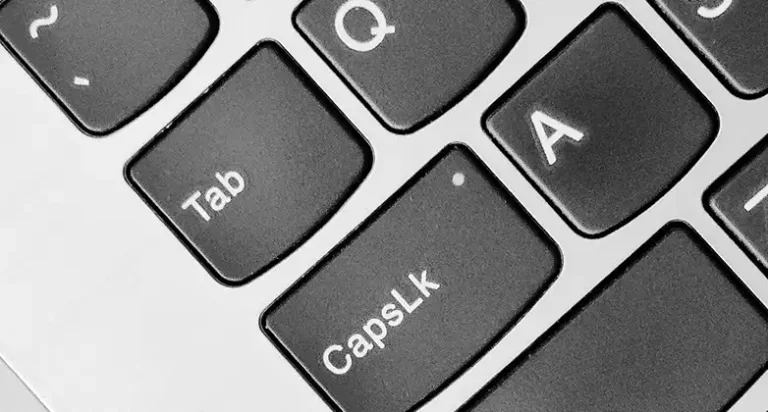Trackpad on Magic Keyboard Not Working? Fix Your Device
I know how annoying it is when the trackpad on your Magic Keyboard goes unresponsive out of the blue! But don’t sweat it, there are a bunch of easy fixes you can try at home before tossing it or paying for repairs. Basically, the trackpad could stop working due to connection problems, software glitches, low battery, or hardware failure over time. But in most cases, you can get it back up and running by power cycling the keyboard, cleaning the trackpad surface, updating your device software or re-pairing the Bluetooth connection fresh. If that doesn’t cut it, Apple geniuses can troubleshoot deeper issues or swap the keyboard for you.
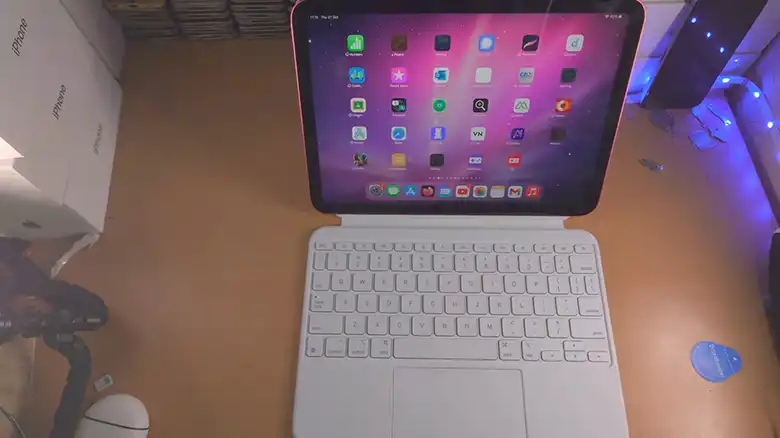
Why Trackpad of Your Magic Keyboard Stop Responding?
Several factors can cause the trackpad on your Magic Keyboard to stop responding. Here are some potential culprits and troubleshooting steps you can try:
Connectivity Issues
Bluetooth Connection: Ensure your iPad or Mac is properly connected to the Magic Keyboard via Bluetooth. Check your device’s Bluetooth settings and verify the keyboard is listed and connected.
Smart Connector (iPad models only): Clean the Smart Connector on both the iPad and keyboard with a dry, lint-free cloth. Ensure they are connected firmly and securely.
Software Issues
Outdated Software: Update iPadOS or macOS to the latest version. Outdated software can lead to compatibility issues and malfunctioning features.
Software Conflicts: Other software running on your device might be interfering with the trackpad functionality. Try restarting your device or disabling any recently installed applications.
Accessibility Settings: Certain accessibility features, like AssistiveTouch, might disable the trackpad functionality. Check your accessibility settings and ensure they don’t conflict with the trackpad.
Hardware Issues
Dirt or Debris: Clean the trackpad surface with a soft, lint-free cloth to remove any accumulated dust or debris that might hinder its sensitivity.
Physical Damage: Inspect the trackpad for any visible signs of physical damage, such as cracks or spills. If damage is present, professional repair or replacement might be necessary.
Other Potential Causes
Battery Charging Level: Ensure your Magic Keyboard has sufficient battery life. Low battery levels can sometimes affect functionality.
Internal Hardware Issues: In rare cases, internal hardware problems within the keyboard itself could be causing the trackpad to malfunction. Contact Apple Support for further diagnosis and repair options.
Troubleshooting Guide for Unresponsive Magic Keyboard’s Trackpad
Before deciding your Magic Keyboard is broken beyond repair, try these troubleshooting steps systematically to narrow down and fix the exact issue :
Way 1 – Power Cycle the Magic Keyboard
Simply disconnect the Magic Keyboard from your iPad or Mac, disconnect the USB-C power cord if connected, and wait for at least 60 seconds. This clears any temporary software glitches or connectivity issues.
Then reconnect the keyboard, plug back the power cord if necessary, and check if the trackpad works now. Power cycling flushes out any residual power left, reinitializes all components, and establishes a fresh wireless link.
Way 2 – Unpair and Re-Pair the Magic Keyboard (If You are Using Bluetooth Magic Keyboard)
If power cycling did not work, unpair the Magic Keyboard from your iPad’s Bluetooth menu under Settings > Bluetooth > Magic Keyboard > Forget this Device. Turn the keyboard off and back on again to clear its pairing data.
Then choose Add New Device on your iPad under Bluetooth settings. On the Magic Keyboard, press and hold the power button for 6 seconds to initiate pairing mode. Re-pair it with your iPad and check if the trackpad works properly now in this fresh pairing session.
Way 3 – Clean the Trackpad
Dust, grease, or moisture buildup can interfere with the trackpad’s touch-sensing ability, causing unresponsiveness
Use a soft, slightly damp lint-free cloth to gently wipe down the entire trackpad surface on the Magic Keyboard to remove any debris or liquids. Also, use compressed air to dislodge any particulates stuck underneath around the edges. Wait for it to dry completely and test the trackpad again.
Way 4 – Restart your iPad or Mac
Restarting your iPad or Mac essentially performs a power cycle to all components and reloads the operating system fresh. This can resolve any software issues causing problems with trackpad functionality.
To force restart iPadOS devices without the Home button, press and release the Volume Up key. Then immediately press and release the Volume Down key. Finally, press and hold the Side button until you see the recovery mode screen to reboot your iPad.
For Macs, clicking the Apple logo at the top left and selecting Restart relaunches the OS to restore normal operation. This should hopefully fix Magic Keyboard trackpad connectivity problems stemming from buggy software.
Way 5 – Update iPadOS or macOS
Older OS versions may not have full compatibility with the Magic Keyboard trackpad released only in 2020. Upgrading to iPadOS 13.4 or later and macOS Big Sur 11.2 or later ensures you have all the necessary drivers and frameworks for the trackpad.
To update, go to Settings > General > Software Update on iPadOS. For Mac, click on the Apple logo top left and choose System Preferences > Software Update. Install the latest supported OS releases to eliminate any compatibility issues.
Way 6 – Disable and Re-Enable the Trackpad
For Mac –
- Click the Apple menu in the top left corner of your screen, then select System Preferences.
- Click the Accessibility icon in the System Preferences window.
- In the left sidebar of the Accessibility window, click on Interacting.
- Click on the Mouse & Trackpad tab in the main window.
- Locate the checkbox labeled Ignore built-in trackpad when mouse or wireless trackpad is present. Check the box to activate this feature.
On iPad, navigate to Settings, then scroll down, and look for Trackpad. Once you find it, navigate to it and turn off and on the options inside it.
Way 7 – Reset the SMC and NVRAM (Mac only)
For Mac users, resetting the System Management Controller (SMC) and Non-Volatile Random Access Memory (NVRAM) clears any system cache and restores hardware interfaces to default. This troubleshooting step resolves many peripherals and accessories including keyboard and trackpad connectivity problems.
Here are the necessary steps to reset both SMC and NVRAM on your Mac:
For MacBook models with a removable battery:
- Shut down your Mac.
- Disconnect the power adapter and remove the battery.
- Press and hold the power button for 5 seconds.
- Reinstall the battery and connect the power adapter.
- Press the power button to turn on your Mac.
For MacBook models with a non-removable battery:
- Shut down your Mac.
- Connect the MagSafe power adapter to your Mac.
- Simultaneously press and hold the left Shift, Control, and Option keys along with the power button for 10 seconds.
- Release all keys and the power button.
- Wait a few seconds, then press the power button to turn on your Mac.
For iMac, Mac mini, and Mac Pro models:
- Shut down your Mac.
- Disconnect the power cord from your Mac.
- Wait for 15 seconds.
- Reconnect the power cord and wait 5 seconds.
- Press the power button to turn on your Mac.
Resetting the NVRAM:
- Shut down your Mac.
- Immediately press and hold the Command, Option, P, and R keys together.
- Hold these keys for about 20 seconds, even after you hear the startup chime.
- Release the keys when you hear the startup chime for a second time.
Way 8 – Check for physical damage
Carefully inspect your Magic Keyboard for any signs of external damage – cracked enclosure, separated case panels, missing rubber feet, etc. Also, peer into the lighting port and Smart Connector using a flashlight and magnifying glass to spot any bent pins or debris lodged inside.
Look out for any loose, disconnected, or torn flex cables and components inside the keyboard that may have come loose over rough daily usage. If you find extensive physical damage, the Magic Keyboard likely needs professional repair or replacement.
Way 9 – Contact Apple Support
If all else fails, get in touch with Apple Support online or book a Genius Bar appointment at a local Apple Store. Trained technicians can run advanced wireless connectivity diagnostics to pinpoint hardware issues with your Magic Keyboard.
They may be able to service the unit if the problems are not too extensive, replace it under warranty, or offer an out-of-warranty replacement at a reasonable cost. Get professional assistance to conclusively resolve an unresponsive Magic Keyboard trackpad issue persisting despite your best troubleshooting efforts.
End Notes
Don’t abandon your expensive Magic Keyboard just yet if the trackpad suddenly stops responding fully or intermittently. In most cases, there are multiple DIY troubleshooting steps you can systematically try at home to isolate and resolve the issue.
Simple fixes like power cycling, re-pairing Bluetooth, cleaning the surface, and keeping OS and drivers updated can get the Magic Keyboard trackpad working as well as new. Seek professional help if physical damage is causing problems.
I hope this detailed guide gives you clarity on all the possible reasons an Apple Magic Keyboard trackpad may become unresponsive and actionable troubleshooting tips to get it fixed. Let me know in the comments if the solutions worked or if you have any other queries! Thanks for reading and best of luck with your keyboard!
